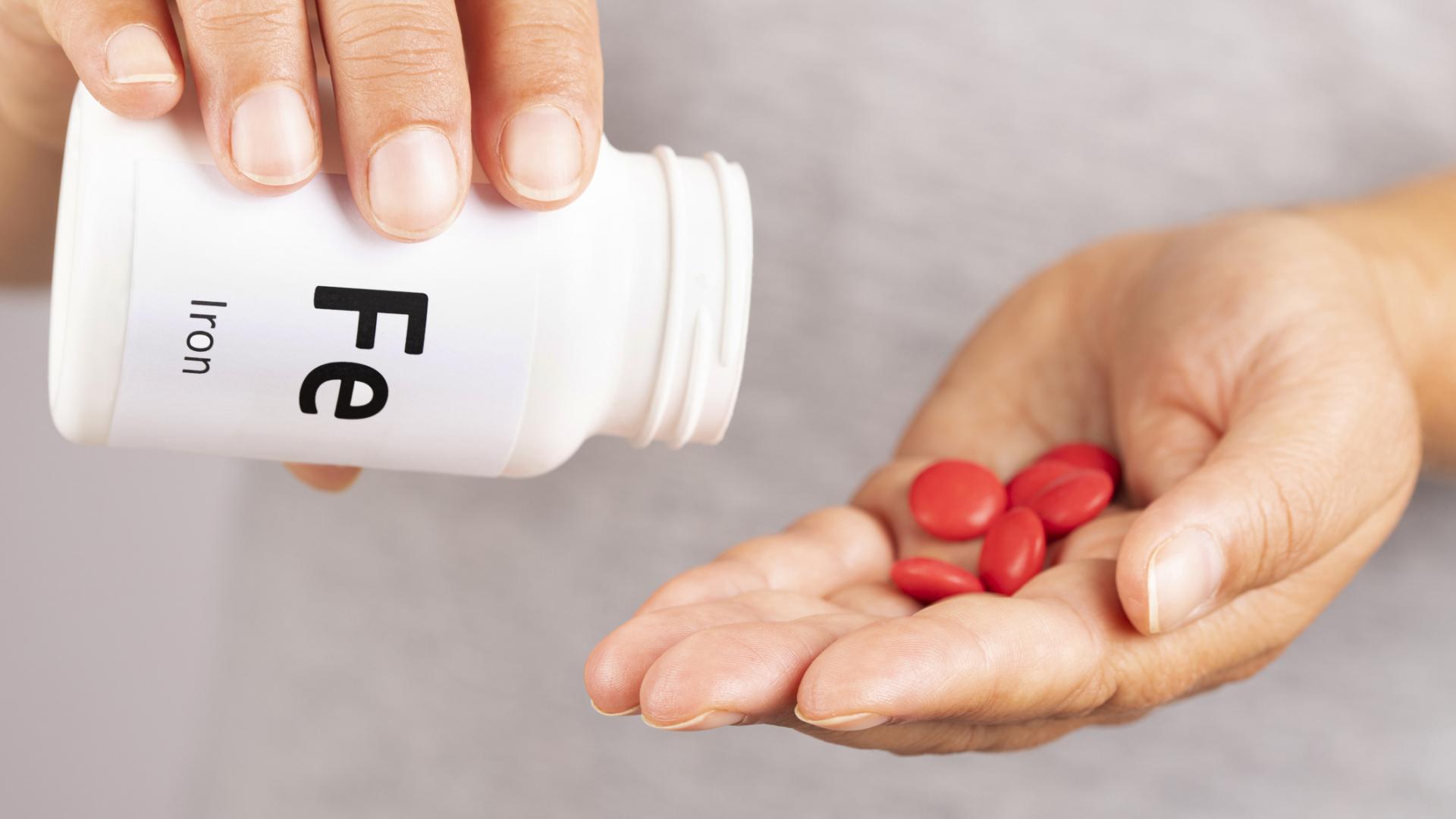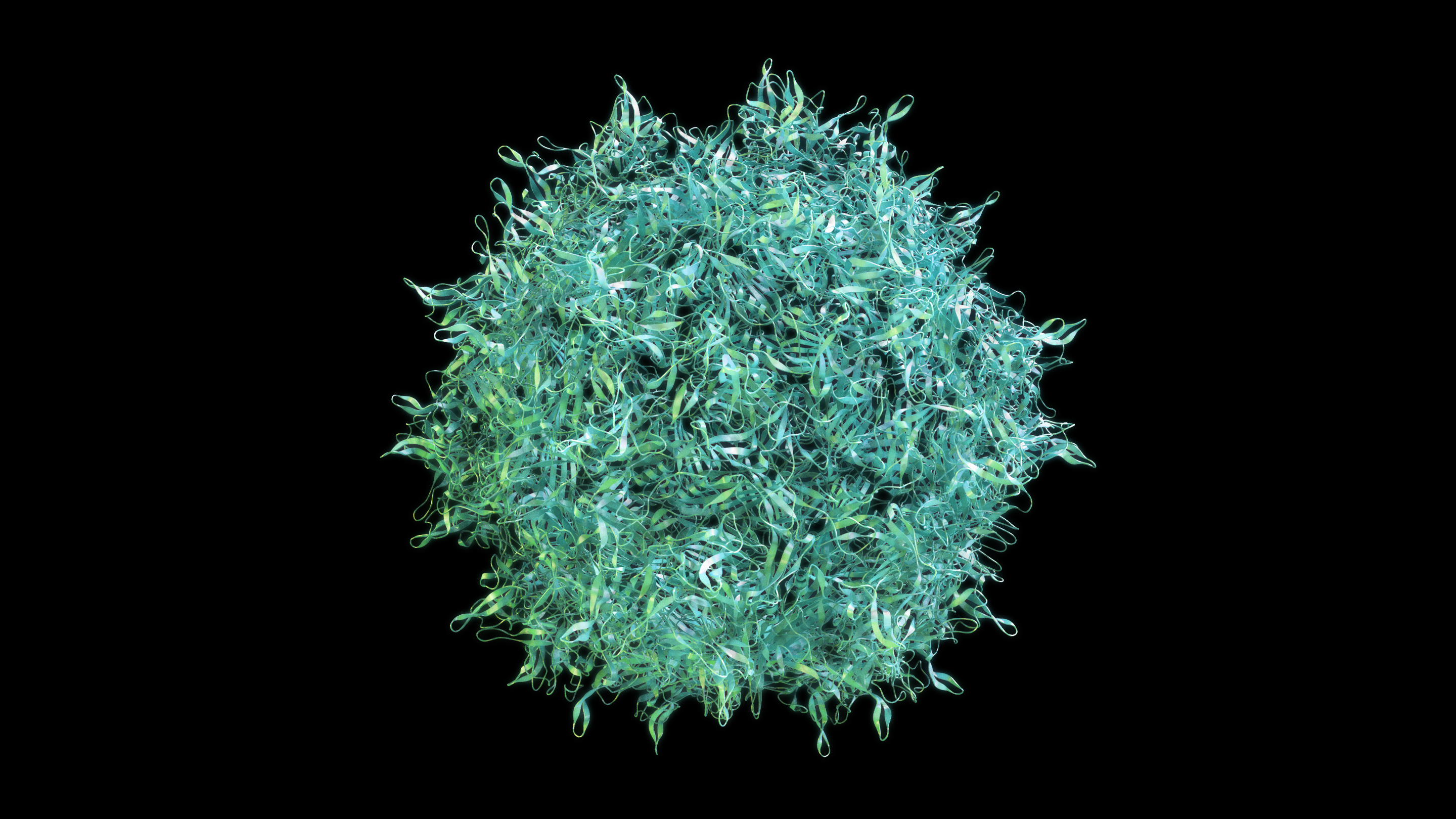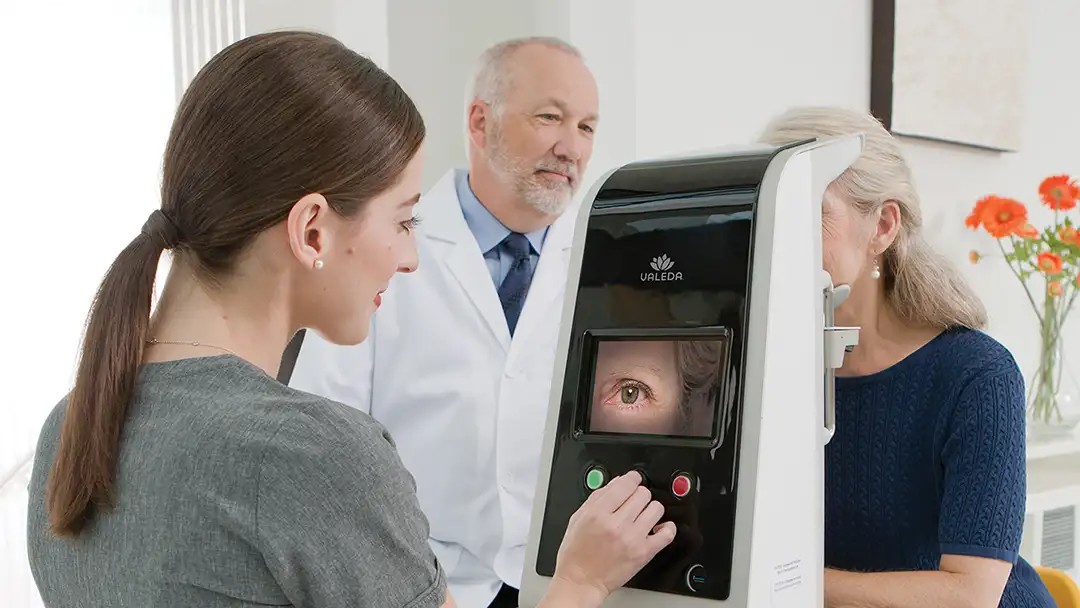
“Everything in moderation” can be an important life principle. The saying also applies to the role of iron in health and disease. Iron is needed to avoid anemia and to make energy, but too much iron can cause free radical damage. Free radicals are very reactive molecules that can adversely interact with other molecules inside of our cells. The resulting inflammation can contribute to several age-related diseases, such as arthritis, heart disease, and age-related macular degeneration (AMD). Research over the past 15 years in my laboratory and others around the world has suggested that excess iron may increase the risk of AMD.
Evidence
Retinas from AMD patients generally have more iron than age-matched retinas from patients without AMD. People with rare genetic diseases causing retinal iron accumulation can develop AMD at an early age. People who get iron in the eye following an accident rapidly develop retinal disease. Mouse models genetically engineered to accumulate iron in the retina get a retinal disease that resembles AMD. These mice can be protected from retinal disease with a drug that binds to the iron and prevents the iron from exerting its damaging effects.
Dietary Risk
Iron in the diet may contribute to AMD risk. A large study in Australia showed that people who eat more red meat had a higher risk of AMD. While this risk may be caused by several components in red meat, it is very high in heme iron, the most readily absorbed form of iron. Most dietary iron is not absorbed. Only about 10 percent of iron within vegetables (including spinach) is normally absorbed, whereas 50 percent of iron in red meat is taken up into the bloodstream from the intestines.
Iron Supplements
These findings beg the question of whether iron supplementation may increase AMD risk. Many multivitamins and foods are supplemented, or “fortified” with iron, to prevent iron deficiency anemia. Those at greatest risk for iron deficiency anemia are menstruating women. Red blood cells are packed with iron. Post-menopausal women and men are at a low risk of iron deficiency anemia, and should not be taking iron supplements unless they are diagnosed with iron deficiency.
Recently, a 40-year-old woman with iron deficiency anemia was given intravenous iron, as iron pills were causing her severe constipation, a common side effect. She had been examined by an ophthalmologist every year to check for glaucoma, which runs in her family. Within a year of getting the intravenous iron, she developed AMD. This may have been caused by the intravenous iron, as it is very unusual for a 42-year old to develop AMD. To further test this possibility, my laboratory administered intravenous iron to mice, and they developed retinal abnormalities with features of AMD. Additional studies of AMD risk in patients receiving intravenous iron are ongoing.
Decreasing Risk
For patients with AMD, it has been shown that a diet high in fruits and vegetables, with fatty fish (salmon, sardines, tuna, mackerel) twice a week, and low in red meat, decreases the risk of AMD. This type of diet is relatively low in iron.
The Future
If iron promotes AMD, then removing iron from the retina may be protective. Several drugs are capable of specifically removing iron from cells, and some can access the retina when taken orally. Clinical trials will be needed to test these drugs and determine whether they can safely decrease the risk of AMD.
About BrightFocus Foundation
BrightFocus Foundation is a premier global nonprofit funder of research to defeat Alzheimer’s, macular degeneration, and glaucoma. Since its inception more than 50 years ago, BrightFocus and its flagship research programs—Alzheimer’s Disease Research, Macular Degeneration Research, and National Glaucoma Research—has awarded more than $300 million in research grants to scientists around the world, catalyzing thousands of scientific breakthroughs, life-enhancing treatments, and diagnostic tools. We also share the latest research findings, expert information, and resources to empower the millions impacted by these devastating diseases. Learn more at brightfocus.org.
Disclaimer: The information provided here is a public service of BrightFocus Foundation and is not intended to constitute medical advice. Please consult your physician for personalized medical, dietary, and/or exercise advice. Any medications or supplements should only be taken under medical supervision. BrightFocus Foundation does not endorse any medical products or therapies.
- Nutrition
- Risk Factors









